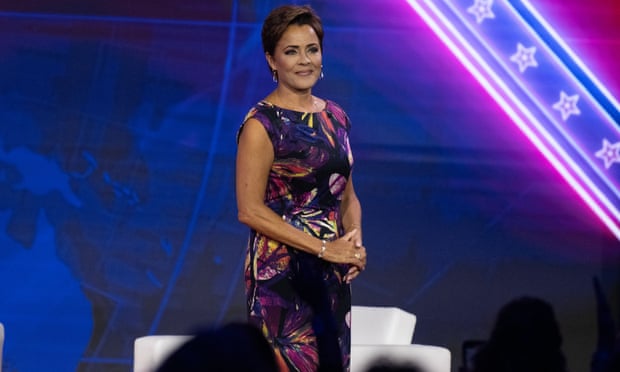Racial Diversity and the Limiting of Affirmative Action in American Universities
This week, the Supreme Court finally ruled on the long-controversial admissions guarantee for minority students, overturning the use of affirmative action in public and private college admissions and finding the consideration of race in admissions unconstitutional.
In a previous lawsuit in a circuit court, Harvard University’s defense team argued that to achieve the robust dialogue and mutual understanding necessary in the educational process, a realistic situation must first be created in the classroom that reflects racial and cultural diversity. Still, the Supreme Court justices ruled 6 to 3, in a conservative and liberal split, that affirmative action in colleges is unconstitutional.
President Joe Biden was unhappy with the Supreme Court’s ruling and, after facing many questions at a press conference, expressed his dissatisfaction in one sentence: “This is not a normal court.”
During the 1960s, affirmative action legislation was aimed at compensating Black and other minority students — through employment and other opportunities — for the social oppression and racial discrimination they had endured.
Interestingly, in the past 30 years, California has held two referendums on whether to allow racial considerations during the public college admission process. Even though the high cost of college had yet to become a societal problem, prestigious colleges in the University of California system, particularly Berkley and UCLA, had already endangered the admission opportunities of white students due to diversity considerations.
Proposition 209, which concerned racial considerations in college admissions, first passed in 1996, 55% in favor to 45% against, and prohibited the state university system from considering race during admissions. Additionally, at the beginning of this century, Michigan began a similar proposal to stop the use of affirmative action during the admission application process.
Unsurprisingly, since the referendum, the proportion of Black students at UCLA has fallen from 7% to 3%. Moreover, at the elite and prestigious Ivy League institutions, tuition has continued to rise, creating a long-standing chasm that has blocked students born into low-income households. Once they no longer receive scholarships, these students naturally will not continue to enroll.
Therefore, in 2020, California held another referendum on whether to repeal Proposition 209 — a remarkable debate about justice in a state that, particularly more recently, has more minorities. However, the eventual result was approximately 9.5 million votes against the repeal and almost 7.1 in favor. Thus, the measure to prohibit racial considerations and preference in admissions was upheld.
The justices’ ruling this time pertains to private universities, including Harvard. The group that filed this lawsuit, Students for Fair Admissions, was created by Edward Blum, a stock trader supported by the corporate group, American Enterprise Institute. Long opposing “reverse discrimination,” he is an activist who has influenced affirmative action.
As for the court’s repeal of the use of affirmative action in admissions, Chief Justice John Roberts delicately proposed another method of reparations. In the majority opinion, he wrote that the college application process might be changed to consider the applicant’s “discussion of how race affected the applicant’s life, so long as that discussion is concretely tied to a quality of character or unique ability that the particular applicant can contribute to the university.”
In other words, in the future, such considerations can be discussed only in a student’s letter of intent and study plan during admission deliberations.
Immediately after the court gave its ruling, Harvard’s President Claudine Gay spoke, saying that continuing to have a diverse campus has been a key factor in Harvard's having become what it is. Her position instantly received the support of all the deans on campus.
Those in higher education circles fundamentally agree on increasing diverse representation on campus as a means of rectifying longstanding racial discrimination and its damage in America. However, due to personal interest, Asian groups and other student representatives are unhappy about the anti-discrimination that might be created by preferential admissions. One after another, they gave statements supporting the justices’ ruling.
On the one hand, the law behind more than 60 years of remedial measures in education has been abolished in response to the great dissatisfaction of white families and Asian students. On the other hand, regional gaps in America’s secondary education, particularly for minority students living in urban areas, and problems such as weapons and unwed pregnancies as well as unqualified teachers, have created many obstacles on the road to growth.
Since American society has become divided and turbulent, is limiting the scope of affirmative action a good move or a disaster? It was certainly a momentous and joyful day filled with laughter for former president Donald Trump and his fans.

